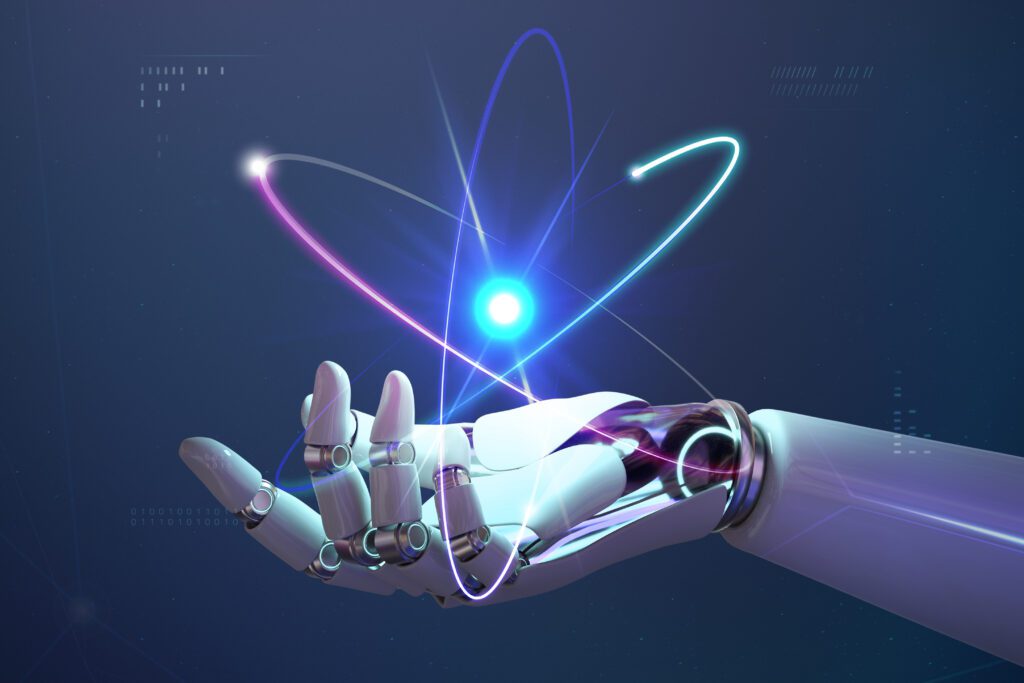Machine learning is a rapidly evolving field of Artificial Intelligence (AI) that involves the development of algorithms and statistical models that enable computer systems to learn from and make predictions about data. It is a key technology that is driving the development of intelligent systems and applications and has the potential to transform a wide range of industries.
The core idea behind machine learning is that it allows computer systems to improve their performance on a specific task by learning from data, without being explicitly programmed. This is done by training a machine learning model on a dataset, which is a collection of examples, such as images, text, or numerical values. The model then learns to generalize from the examples in the dataset and can be used to make predictions about new, unseen data.
There are several types of machine learning, each with its own set of techniques and algorithms.
Supervised learning is the most common type of machine learning, where the model is trained on a labeled dataset, where each example has both input and output values. This allows the model to learn a mapping from inputs to outputs, and it can be used to make predictions about new, unseen input data. Examples of supervised learning algorithms include linear regression, logistic regression, and decision trees.
Unsupervised learning is another type of machine learning, where the model is trained on an unlabeled dataset, where the examples only have input values. The goal of unsupervised learning is to discover patterns and structure in the data, without being given specific output values. Examples of unsupervised learning algorithms include k-means clustering, Principal Component Analysis (PCA), and Autoencoders.
Semi-supervised learning is a type of machine learning that combines both supervised and unsupervised learning. It aims to leverage the strengths of both supervised and unsupervised learning by training models using a combination of labeled and unlabeled data.
Reinforcement learning is another type of machine learning, where the model learns to make decisions based on rewards or penalties. This type of learning is often used in robotics and control systems, and it allows the model to learn from trial and error.
Deep learning is a subfield of machine learning that focuses on training deep neural networks, which are composed of multiple layers of artificial neurons. Deep learning models are designed to automatically learn features from raw data, without the need for manual feature extraction. They have been shown to achieve state-of-the-art performance in a wide range of tasks, such as image recognition, natural language processing, and speech recognition.
Natural language processing (NLP) is a type of AI that focuses on the interaction between computers and human language. This includes tasks such as language translation, sentiment analysis, and text summarization.
Computer vision is a type of AI that focuses on the ability of computers to understand and interpret images and videos. This includes tasks such as object recognition, image segmentation, and image generation.
Bayesian learning is a subfield of machine learning that uses Bayesian probability theory to model the uncertainty in predictions and estimate the probability of different outcomes.
Transfer learning is a subfield of machine learning that focuses on the ability to transfer knowledge learned in one domain to another domain. This allows the model to improve its performance.
Online learning is a subfield of machine learning that focuses on the ability to learn and adapt in real-time as new data is received. This can be useful in streaming data applications.
Machine learning has a wide range of applications, from image and speech recognition, natural language processing, and computer vision, to healthcare, finance, and transportation. In healthcare, for example, machine learning models can be used for medical diagnosis, drug discovery, and patient monitoring. In finance, machine learning models can be used for fraud detection, risk management, and portfolio optimization. In transportation, machine learning models can be used for self-driving cars, traffic prediction, and logistics optimization.
However, it’s important to note that machine learning is not a magic bullet, and it is not always the right solution for every problem. It requires large amounts of high-quality data to train models, and it can be sensitive to the quality and representativeness of the data. It also requires expertise in both the domain of the problem and in machine learning techniques. Additionally, machine learning models can be opaque and difficult to interpret, which can make it difficult to understand how they are making predictions.
Despite these challenges, machine learning is a powerful tool that has the potential to revolutionize a wide range of industries and applications. It is an exciting time for machine learning research and development, and we can expect to see many new breakthroughs and advancements in the coming years.




